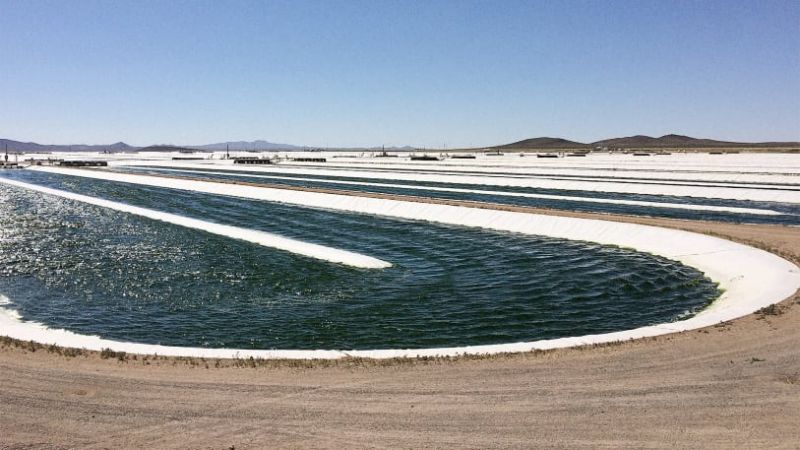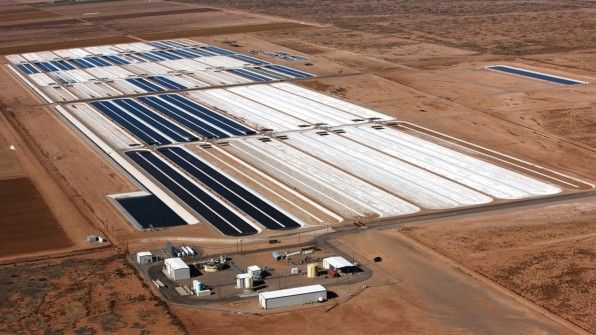Can Algae Fix the Damage Done By The Supplement Industry?
Published on by Water Network Research, Official research team of The Water Network in Business
Qualitas Health just inked an expansion deal that’ll triple their algae production capabilities, and position their omega-3-rich products as a more sustainable alternative to nutrients derived from fish and animals.

“People have the idea that omega-3s come from fish, but really, they’re getting the nutrients from algae.” [Photo: Qualitas Health]
Over the course of the last decade, the U.S. developed an obsession with omega-3 fatty acids. But the scramble to get the (still debatable) benefits of omega-3s has lead to devastating overfishing of fish species like menhaden, which are crucial to the aquatic ecosystem, and has landed others, like whale sharks, on the endangered species list.
With Americans’ enthusiasm for omega-3s showing no signs of cooling, finding an alternative to fish-derived nutrients became imperative. And Qualitas Health, a Texas-based nutrition company, has landed on a solution: algae .
Fish oil supplements are produced by treating and processing mass-caught fish in order to extract the oil that fills the soft gels you can buy at the drugstore. But as author Paul Greenberg noted in the New York Times in 2009, the fish that become fish oil are the bottom-of-the-food-chain dwellers menhaden. “
Qualitas has been cultivating algae in a 45-acre facility in Imperial, Texas, since 2012. It recently announced an expansion to a 100-acre facility in Columbus, New Mexico, in partnership with the commercial crop production company Green Stream Farms, which will more than triple Qualitas’s output.

Because algae thrives in ocean-like climates, the Qualitas facilities, while water-intensive, utilize mostly brackish water. [Photo: Qualitas Health]
To grow algae–a distinctly aquatic plant–in the middle of the southwestern deserts, Qualitas dug trenches (which they call raceways, because of their resemblance to a track) into the land. While other land-based algae production facilities, like Qualitas’ New Mexico facility line their ponds with plastic, Qualitas’ Texas farm takes advantage of the region’s clay-like soil, and packs it tightly to form the base of the ponds.
One acre of algae production on Qualitas’s facilities, White says, results in around 6,000 pounds of the essential amino acids found in protein; one acre of pea cultivation, in contrast, produces around 20 pounds.
And because algae thrives in ocean-like climates, the Qualitas facilities, while water-intensive, utilize mostly brackish water.
White estimates that each acre of production requires around five gallons of fresh water, but that’s mostly reserved for staff drinking water and lab use; all of the water in the ponds is, essentially, sea water. Qualitas’s 150 production acres equates to the nearly 45,000 acres of land required to cultivate the same value of peas.
Read full article: Fast Company
Media
Taxonomy
- Water Reuse & Recycling
- Ecosystem Management
- Water Recycling
- Brackish Water
- Environmental Impact
- Nutrition & Healthcare